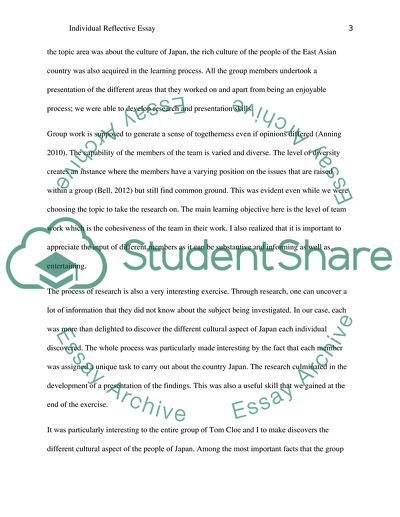Cite this document
(“The Socio-Economic and Cultural Aspects of Japan Assignment”, n.d.)
Retrieved from https://studentshare.org/geography/1691020-self-reflection
Retrieved from https://studentshare.org/geography/1691020-self-reflection
(The Socio-Economic and Cultural Aspects of Japan Assignment)
https://studentshare.org/geography/1691020-self-reflection.
https://studentshare.org/geography/1691020-self-reflection.
“The Socio-Economic and Cultural Aspects of Japan Assignment”, n.d. https://studentshare.org/geography/1691020-self-reflection.


